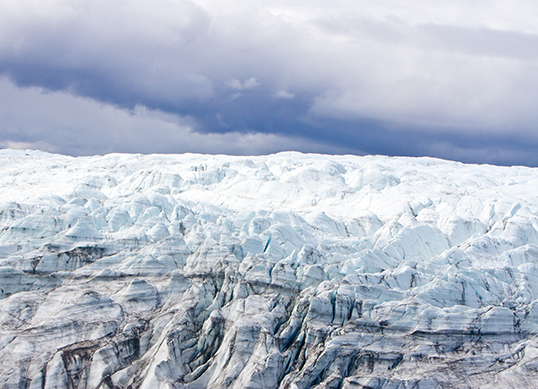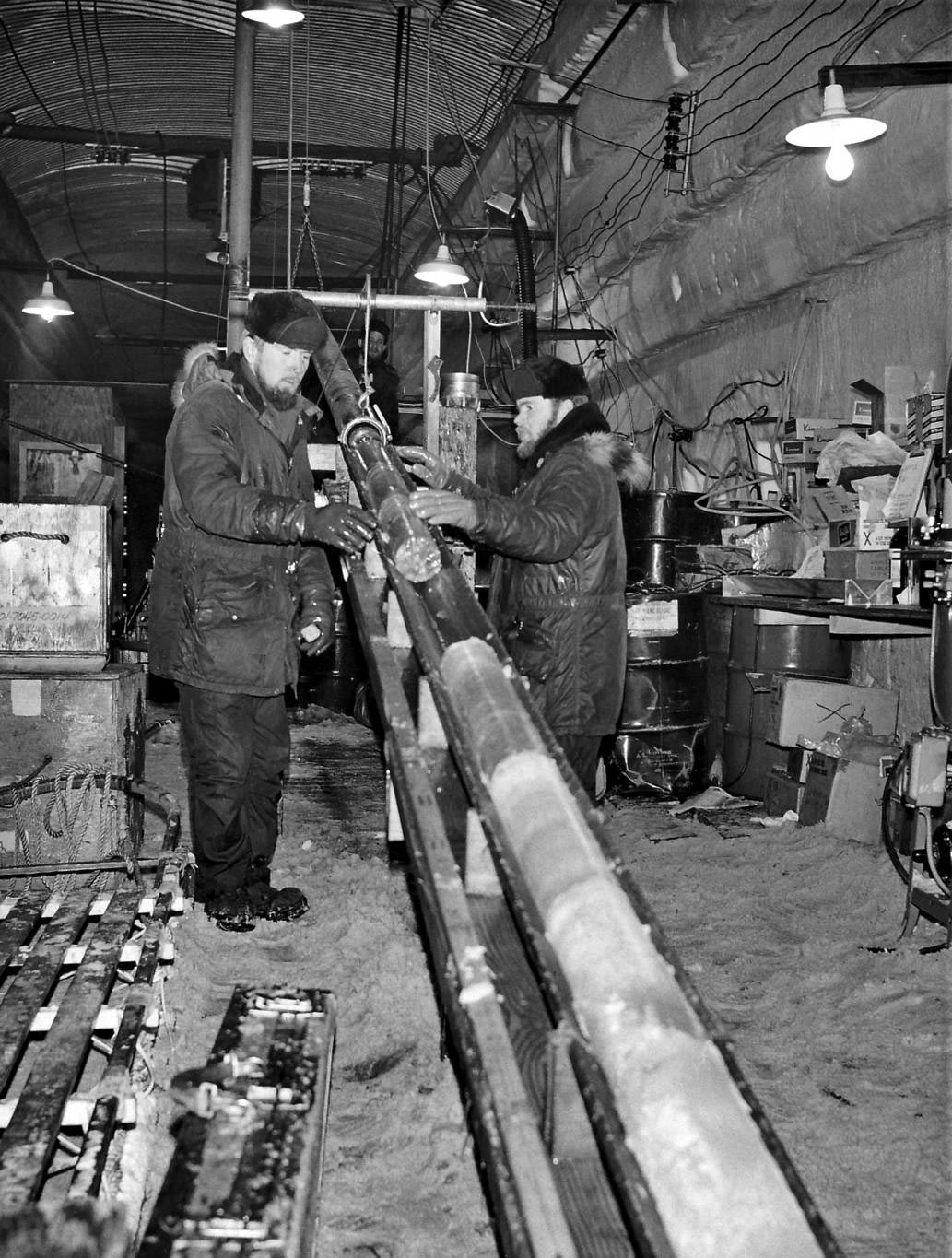- Thread starter
- #161
"Global average insolation" is not the same thing as insolation you adolescent. And if you think I have mis-defined the term, show us a REFERENCE SOURCE that says something different. As for the rest, are you denying that ice corers in Greenland hit bedrock and found organic plant material there? The studies and articles covering it are numerous.The Chick doesn't read her own posts ... let alone her links ... such a foolish lil' girl ...
The OP is completely fraudulent, copy/pasted from some stupid Hysterical site ... just a mess of fancy=pants sciency words that make young ladies "bowels" tingle ... she denies mathematics ... insolation is an algebraic function of irradiation and albedo ... right there in the form of SB we're using ... I guess Chick-e-poo can only add ...
Google AI
Scientists have discovered plant material in ice cores from Greenland, including twigs, leaves, liverwort plants, and wooly feather moss. The fossils are so well preserved that they can be seen with the naked eye and are millions of years old. The discoveries provide evidence of Greenland's past climate and plant life, and suggest that the ice sheet may not be as permanent as previously thought.
In 2017, researchers rediscovered a 15-foot-long ice core drilled by U.S. Army scientists in 1966 in northwest Greenland. The core had been abandoned in freezers for decades, but when examined, it contained well-preserved plant remains instead of the usual sand and rock. The fossils were found in ice cores from Camp Century, which were relocated to Rødovre, a Copenhagen suburb, in 2017.
The discoveries suggest that the site was ice-free at some point in the past million years and may have been covered with green tundra. The fossils also provide evidence that the Greenland Ice Sheet has melted entirely during past warm periods, similar to what's happening now due to human-caused climate change. This suggests that Greenland is more sensitive to climate change than previously thought and may be at risk of irreversibly melting. If the Greenland ice sheet completely melts, the sea could rise by as much as 7 meters.
Loading…
www.pnas.org
Scientists stunned to discover plants beneath mile-deep Greenland ice
Scientists found frozen plant fossils, preserved under a mile of ice on Greenland. The discovery helps confirm a new and troubling understanding that the Greenland Ice Sheet has melted entirely during recent warm periods in Earth's history -- like the one we are now creating with human-caused...
www.sciencedaily.com

Fossil Plants at Bottom of the Greenland Ice Sheet Warn of Future Melting
The discovery of fossil plants below a mile of Greenland ice indicates that the ice sheet completely melted in the past, and suggests it could rapidly do so again.

Researchers find 3-million-year-old landscape beneath Greenland ice sheet - NASA Science
An ancient tundra landscape preserved under the Greenland Ice Sheet tells us that the ice sheet has persisted much longer than previously known, enduring through many past periods of global warming.

Researchers discover intact plant fossils beneath Greenland’s ice sheet for the first time
For the first time ever, researchers have found fossils under Greenland's ice sheet that are so large and well preserved that they can be seen with the naked eye. The fossils reveal several million years of details about climate and plant life in Greenland according to the UCPH researcher behind...

Intact Plant Fossils Discovered Beneath Greenland’s Ice Sheet After Lucky Find of Ice Cores Drilled by U.S. Military in 1966
For the first time ever, researchers have found fossils under Greenland's ice sheet that are so large and well preserved that they can be seen with the naked eye. The fossils reveal several million years of details about climate and plant life in Greenland according to the UCPH researcher behind the
scitechdaily.com
DEFINITIONS
insolation: a. : solar radiation that has been received. b. : the rate of delivery of direct solar radiation per unit of horizontal surface. broadly : that relating to total solar radiation.
insolation
(from incoming solar radiation) The solar radiation that is received at the earth's surface per unit areainsolation: the quantity of solar radiation falling upon a body or planet, esp per unit area
Insolation is derived from the words "incoming solar radiation". Insolation is specifically applied to radiation which is arriving at earth’s atmosphere first and then earth's surface. The heat comes from solar energy. Insolation is the solar radiation that reaches the earth's surface. It is measured by the amount of solar energy received per square centimetre per minute. Solar energy received over the planet’s surface varies according to season, latitude, transparency of the atmosphere, and aspect or ground slope.
I'm not the one that's not doing enough reading.
Last edited:

